
Immediate Restoration and Loading
The goals in implant dentistry are to provide safe and predictable treatment that restores health, function, and esthetics when replacing missing teeth. A further goal is to provide this treatment in a timely manner to satisfy patient needs for reduced treatment time.
Once an implant is placed, there are three loading protocols that may be used. An implant loading protocol is defined as the time elapsed between implant placement and the attachment of the prosthesis so that the implant is brought into function.
Conventional loading of dental implants is defined as loading 2 or more months after implant placement. This is a well-established protocol that allows for complete healing of bone and peri-implant soft tissues prior to prosthesis attachment.
In an early loading protocol, the prosthesis is attached between 1 week and 2 months subsequent to implant placement. The implants are put into function during the later stages of bone healing but prior to complete healing of soft tissues. This results in a relatively reduced treatment time between implant placement and loading compared to the conventional loading protocol.
In contrast, immediate loading of dental implants is defined as prosthesis attachment within 1 week of implant placement, including the day of surgery. In this case, the process of peri-implant bone and soft tissue healing occurs with the provisional prosthesis attached to the implant from the outset.
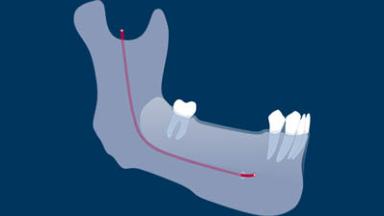
After completing this ITI Academy Module, you should be able to…
- define immediate restoration and immediate loading
- list the prerequisites for immediate restoration and loading
- describe advantages and disadvantages of immediate restoration and loading
- list the indications for immediate restoration and loading

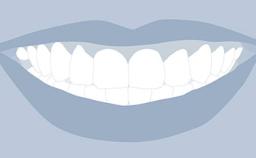

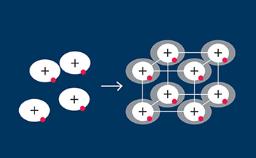

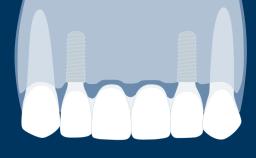


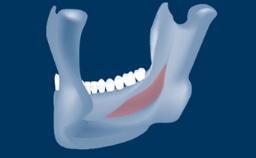
Share this page
Download the QR code with a link to this page and use it in your presentations or share it on social media.
Download QR code